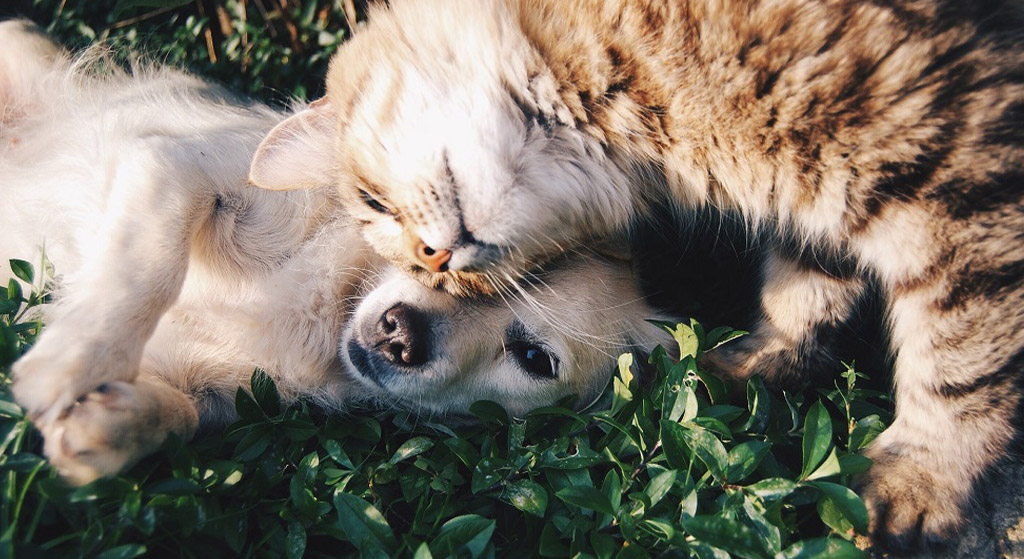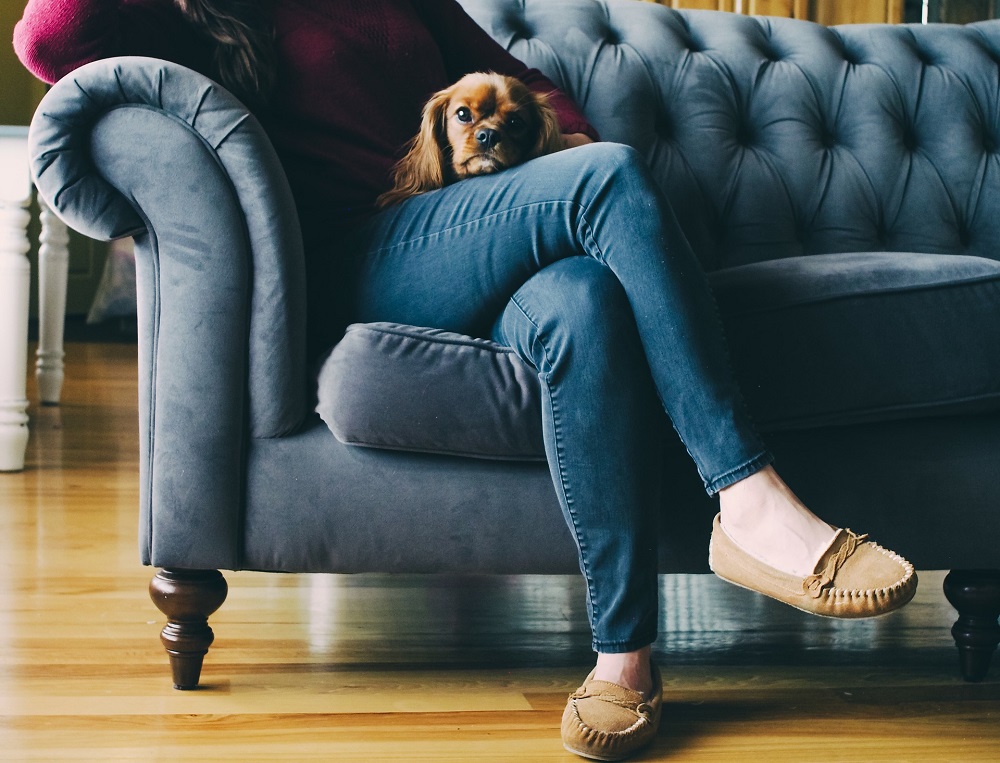
Tips For Moving Into A New Place When You Have Pets
New Yorkers certainly love their pets. According to the Economic Development Corporation, throughout the five boroughs that make up New York City, there are approximately 1 million cats and dogs living in apartments in NYC. Moving into a new place when you have a pet, or multiple pets, can be tricky though. From finding out whether or not your new place of residence allows pets, to figuring out how much the pet fee or deposit is, to the actual process of moving your pet into a foreign setting, there is plenty to plan for before, during and after the move. Make sure that Fluffy & Fido are all taken care of with these tips for moving with pets!
Table of Contents
Before The Move
Since some properties allow pets and others do not, the very first thing you’re going to research when picking out a new place to live is whether or not your dog or cat is permitted to co-habitate with you there. Many properties while say on their website, or the website that they are listing the property on, whether or not pets are allowed. If they do not specific always call or email ahead to check. While some apartment complexes, buildings and residential properties outright do not allow pets, some allow them dependent on their size. When you have multiple pets or larger pets (like a German Shepherd or a Golden Retriever) it is typically more difficult to find properties that permit them.
Once you find out whether or not your prospective new home allows pets, it’s time to see how much extra they charge on rent or the security deposit for having them live there. These fees range greatly and are up to the discretion of the property owner. While renters view having a pet as a positive thing, landlords see a pet as potential damage, noise complaints and extra cleanup for them when it comes time for you to move out.
Does your future landlord seem uneasy about renting to you because you have a pet? Help ease their mind by setting up a meeting with them and your pet, providing references from other places you’ve both lived together, and showing up-to-date veterinary check and vaccination documentation.
During The Move
Moving is chaotic and not all pets can handle that chaos. To keep your pet(s) away from the mayhem of moving, consider boarding them at a dog/cat hotel, with their veterinarian, or with a family member or friend they are comfortable with. Then, once the loading in and out is concluded, pick them up and get them ready for the next part of the journey.
Can’t afford to board your pet? No family or friends available to watch your pet on moving day? Delegate your pet to one room equipped with food, water and some toys, close the door and tape up a note saying, “Do not open this door.” This will keep them safe and allow you to focus on emptying out your old apartment instead of worrying about your pet getting out or getting in the way.
Deciding how to get your pet from Location A to Location B is another big decision you’re going to have to make. Depending on where it is that you’re moving to, you will need to pick between driving your pet or flying your pet to their new home. Both methods of transportation have their pluses and minuses.
The distance that you are moving is going to be a big factor weighing in on which route you go for your pet. By plane your pet will get to the destination faster than they would driving, and for those pets who do not do well with long car rides, a shorter flight might be the better option for them. If you do decide to drive to your new residence with your pet, you need to factor in time for breaks and (if needed) pet-friendly accommodations.
One great aspect of relocating with your pet by car is you don’t have to wonder if they’re faring alright like you would if they were traveling by plane. You’re there with them every mile of the trip so you know firsthand how they are coping. When your pet is traveling to your destination by plane though, you are more or less in the dark. With the less than positive news about recent deaths and injuries happening to pets while flying aboard commercial airlines, you may rethink how to move your pet. According to the Department of Transportation, of the over 500,000 animals that flew on commercial flights in the United States in 2017, 24 died in transit, 15 were injured and 1 lost.
If transporting your pet via airplane, be sure to have everything that you need in order to have your pet flown done beforehand. Pets that travel in the cargo area of a plane must be placed in kennels that comply with the regulations put forth by the Agriculture Department and the International Air Transport Association. A health certificate and proof of vaccinations from your veterinarian is also often required to fly your pet.
After The Move
Getting used to living in a new place is a process for everyone, animals included! With the before the move and during the move taken care of, it’s time to focus on helping your pet get acclimated to their new home.
On move in day find a quiet room in your new place and settle your pet in there while the unloading and unpacking is going on in other parts of the house/apartment. Unpack your pet’s things and place them in that same room. Your pet will feel comforted by the familiar sights and smells associated with their things, like a bed, toys, litter box, etc. Put food and water in the room as well so they have everything they need right there. As an extra precaution, hang a sign on the door letting people know not to enter this room or open the door.
Remember to be patient with your pet while they are getting used to their new home. They might display weird behaviors, hide more often than usual or act out in some way or another. Be reassuring and let them adjust at their own speed.




